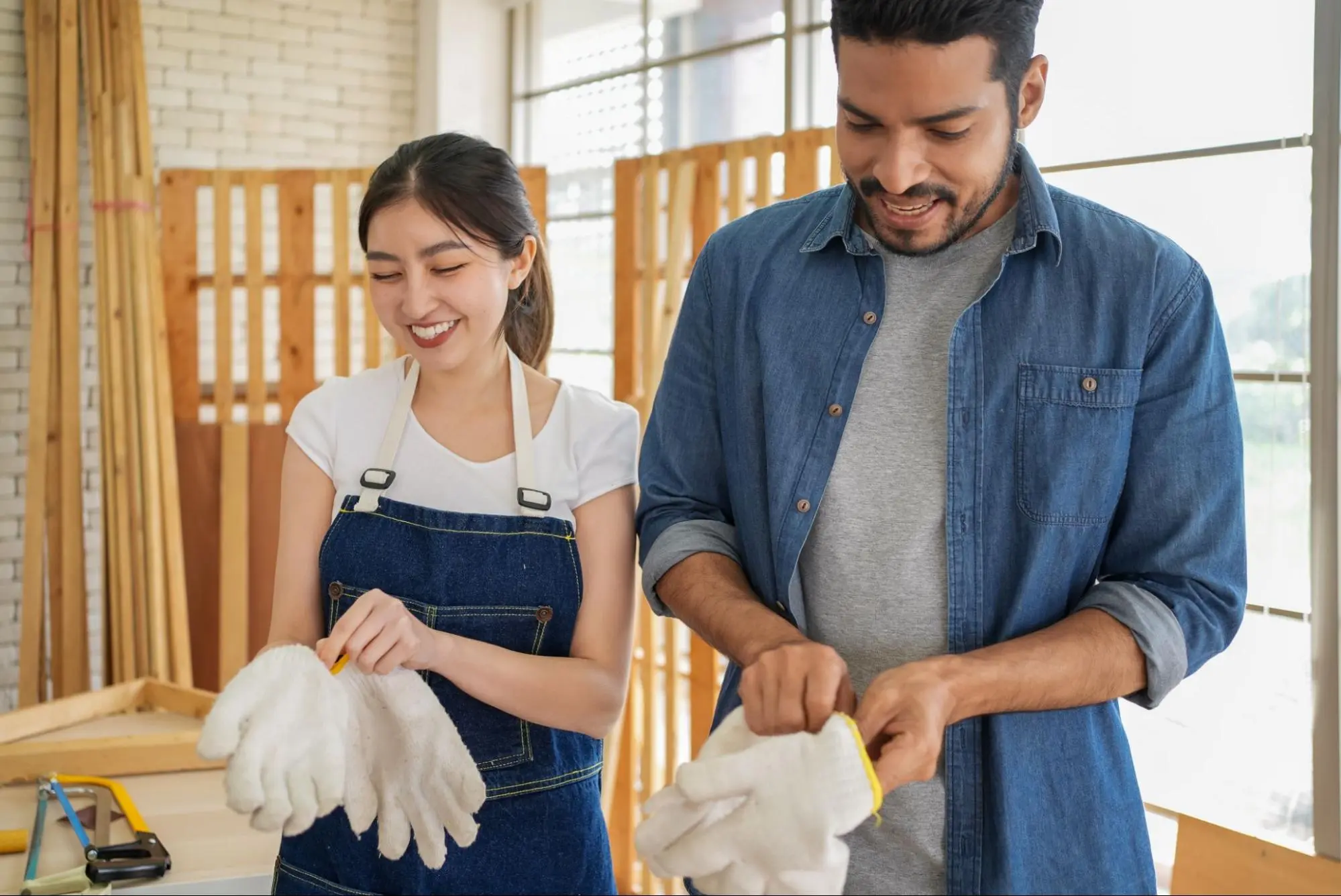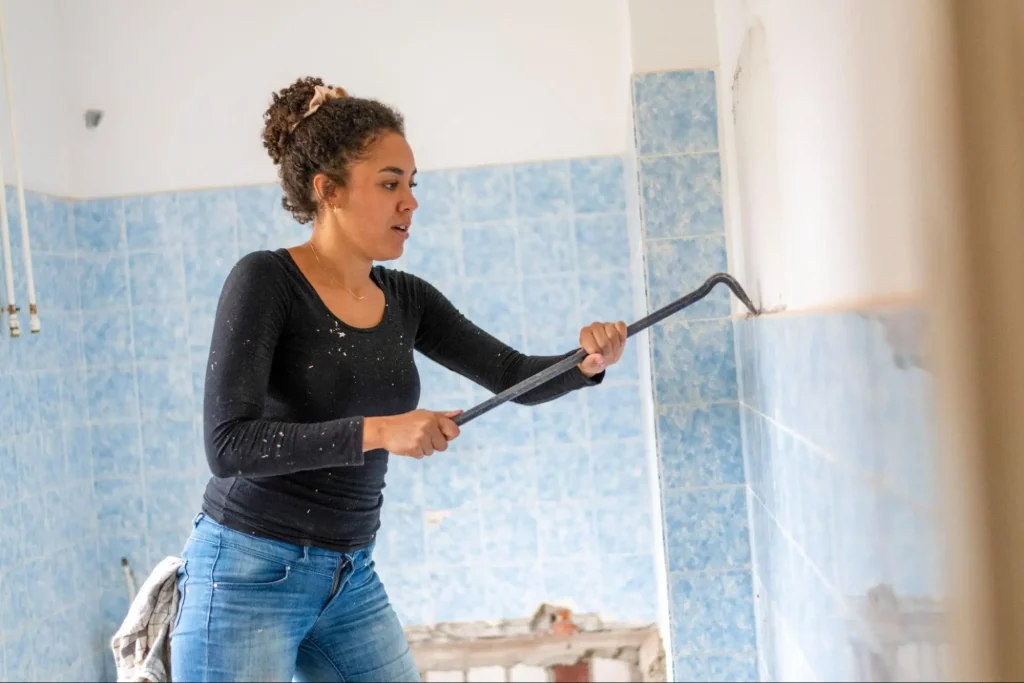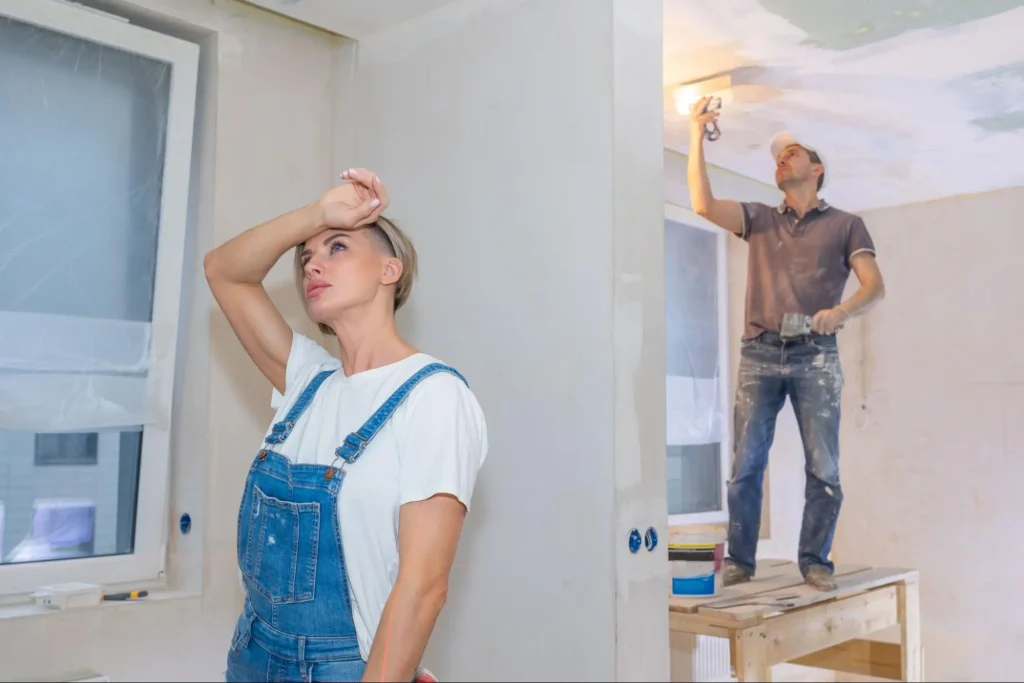
Embarking on a DIY home repair project is both exciting and rewarding. It allows you to tackle problems head-on and make improvements to your living space. Knowing how to stay safe during DIY home projects is crucial to ensure you can complete them without injury. With a little preparation and the right precautions, your DIY adventures can be both productive and safe.
Understanding the potential hazards is an important step. From working with power tools to handling building materials, each task comes with its own set of safety challenges. By following essential safety tips and best practices, you can minimize risks and focus on the joy of accomplishing your projects.
Whether you’re an experienced DIYer or a beginner, remember that safety should always be your top priority. Equip yourself with the proper gear, follow guidelines, and stay informed about the tools and materials you use. Your health and well-being are worth the extra effort to ensure a safe and satisfying DIY experience.
To ensure the success of your DIY home repair project, you need to plan each step carefully. This includes understanding what the project entails, gathering the necessary tools and materials, and setting a practical budget and timeline.
Start by defining the full scope of your project. Determine if you are tackling a small repair or a more extensive renovation. Knowing the project’s boundaries helps you avoid costly mistakes.
Write down a detailed list of tasks. For example, if you’re redoing a bathroom, include tasks like removing old tiles, fixing plumbing, and installing new fixtures. Break down big tasks into smaller, manageable steps.
Assess whether you can handle all tasks yourself or if you’ll need professional help. Knowing your limits will save time and reduce frustration.
Identify all the tools and materials you will need. Some projects may require specialized tools, while others might just need basic items like hammers and screwdrivers.
Create a checklist to ensure you don’t miss anything vital. For example, if painting, you might need brushes, rollers, paint trays, and tarps. For plumbing work, you’ll need wrenches, tape, and sealant.
Evaluate whether you need to buy, rent, or borrow tools. Check local hardware stores or tool rental shops. Ensuring you have the right equipment before starting will keep your project on track.
Calculate a detailed budget that includes all materials, tools, and any potential labor costs. Remember to account for unexpected expenses.
Shop around for the best prices on materials. Bulk buying can sometimes save money. Keep track of your expenses to avoid overspending.
Establish a timeline that realistically reflects the scope of your project. Set milestones for completing specific tasks. Be flexible, as delays can happen, but sticking to a schedule helps maintain momentum.
By carefully planning the scope, tools, materials, budget, and timeline, you set a strong foundation for a successful DIY project.

When tackling DIY projects at home, keeping safety in mind is crucial. From using the right gear to handling dangerous materials cautiously, each step can help prevent injuries and ensure a successful project.
Wearing personal protective equipment (PPE) is a must. This includes items like gloves, goggles, and masks. Gloves protect your hands from cuts and bruises.
Using protective eyewear like goggles can shield your eyes from dust and flying debris. For projects involving chemicals or heavy dust, use a respirator or mask to avoid inhaling harmful particles.
Work boots with steel toes can protect your feet from falling objects. Always keep a first aid kit nearby for any minor injuries.
Power tools like drills, circular saws, and chainsaws are powerful but can be dangerous. Before starting, read the safety guidelines for each tool. Always make sure the tool is off before making any adjustments.
Use guards and clamps to stabilize materials. This prevents the material from slipping and causing accidents.
Ensure your workspace is well-lit and free of distractions. Only use power tools with clean, dry hands to avoid electric shocks.
When working with chemicals or hazardous materials, take extra precautions. Always wear gloves and goggles to prevent splashes from reaching your skin or eyes. Work in a well-ventilated area or outdoors.
If you can’t ventilate the area, consider using a respirator. Store chemicals properly and label them clearly.
Follow specific instructions for disposal to avoid harming the environment and your health. Keep water and soap nearby to wash off any spills immediately.

Common injuries like cuts, burns, lacerations, and broken bones can be avoided with a few precautions. Always use sharp hand tools correctly, cutting away from your body. Keep your working area clear of electrical wires, nails, and other sharp objects.
When working on ladders, ensure they are stable and placed on a flat surface. Avoid working in extreme heat to prevent heatstroke.
Take regular breaks to stay focused and alert. Trust your senses; if something feels unsafe, stop and reassess.
Creating a safe working environment involves organizing your space and preparing for emergencies. Ensure your surroundings are clear of clutter that could cause tripping. Use proper lighting to see everything clearly.
Keep a first aid kit accessible for quick response to minor injuries. Store your tools and materials properly to avoid accidents.
Check your electrical systems installations to ensure they can handle the load of your power tools without overloading. Make sure there are no frayed wires or exposed electrical parts.
Connect with friends or neighbors so someone knows you are working on a project. This way, help is available in case of an emergency.
When doing home repair projects, safety must come first. Simple measures can prevent accidents and injuries.
Always use protective gear such as gloves, safety glasses, and sturdy footwear. This minimizes exposure to harmful substances and sharp objects.
Ensure proper ventilation when painting or working with chemicals. Open windows and use fans, or consider wearing a respirator if ventilation is limited.
Use tools correctly. Follow the manufacturer’s guidelines and never rush. Stay organized to avoid tripping over your materials.
Additionally,keep your work area clean. This reduces the risk of accidents caused by clutter. Don’t leave tools lying around, and dispose of debris promptly.
For large projects, consider hiring professionals like Kaminskiy Care and Repair. We have the expertise to handle complicated tasks safely. Our team of experts are ready to handle your home projects safely without hazards. Contact us to schedule an appointment
Always wear the appropriate protective gear such as gloves, eyewear, and earplugs. Ensure you have a first aid kit nearby. Make sure the area is well-lit and free from tripping hazards. Know how to use tools correctly and keep them in good condition.
Keep your work area tidy by cleaning up debris and tools as you go. Use proper lighting to see clearly. Make sure ventilation is adequate to avoid inhaling dust or fumes. Keep children and pets away from the worksite.
Plan your project before you start, knowing each step you will take. Take breaks to avoid fatigue, which can lead to mistakes. Always follow the instructions and guidelines for any tools and materials you are using. Don’t rush your work.
Wear safety goggles to protect your eyes, especially when cutting or sanding. Use gloves to shield your hands from sharp objects and chemicals. Wear earplugs or earmuffs if you’re using loud machinery. Depending on the task, consider steel-toed boots and a hard hat.
Read the manual and follow the safety instructions. Never bypass safety features on tools. Use the right tool for the job to avoid accidents. When not in use, store tools properly to prevent tripping hazards and to keep them in good working order.